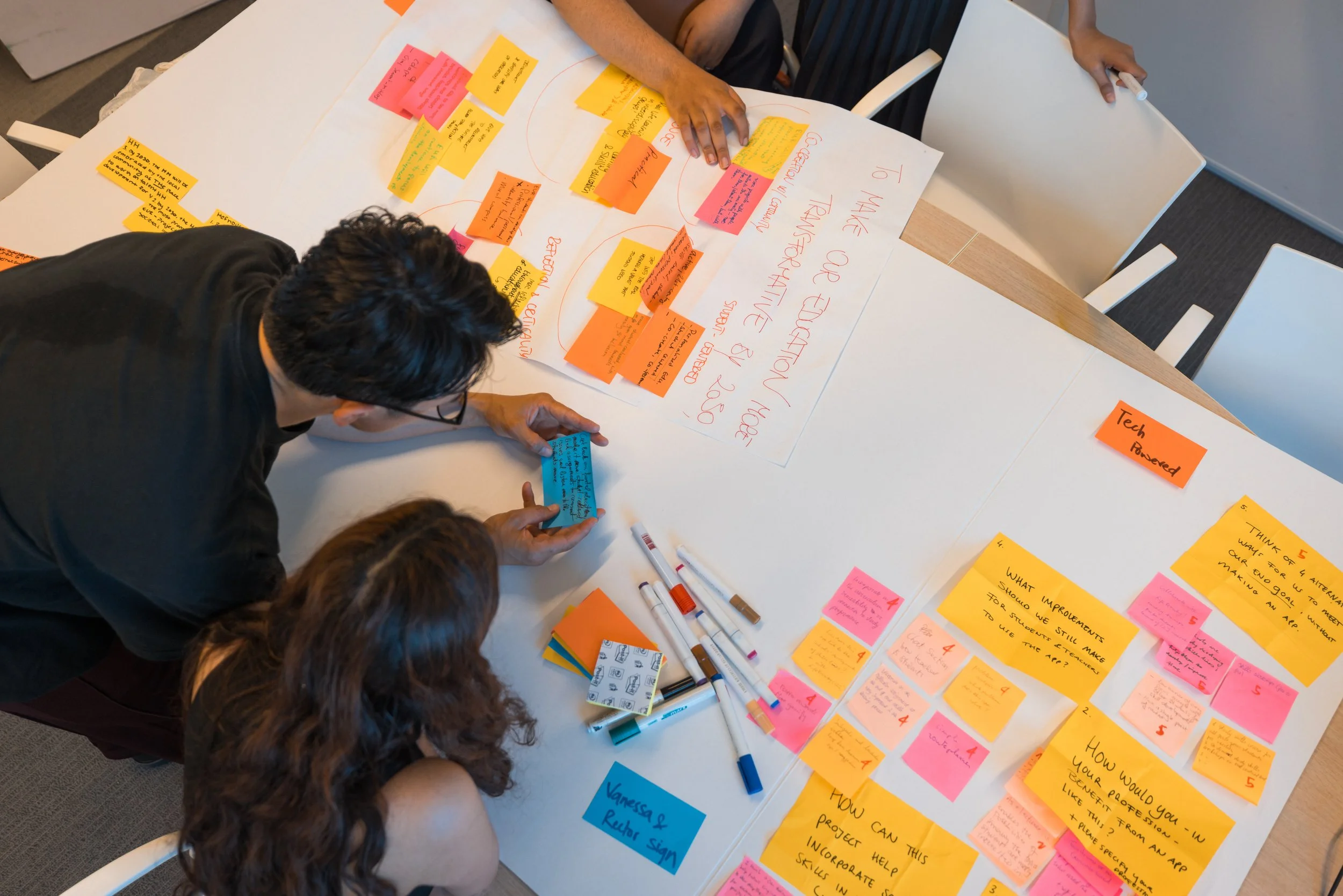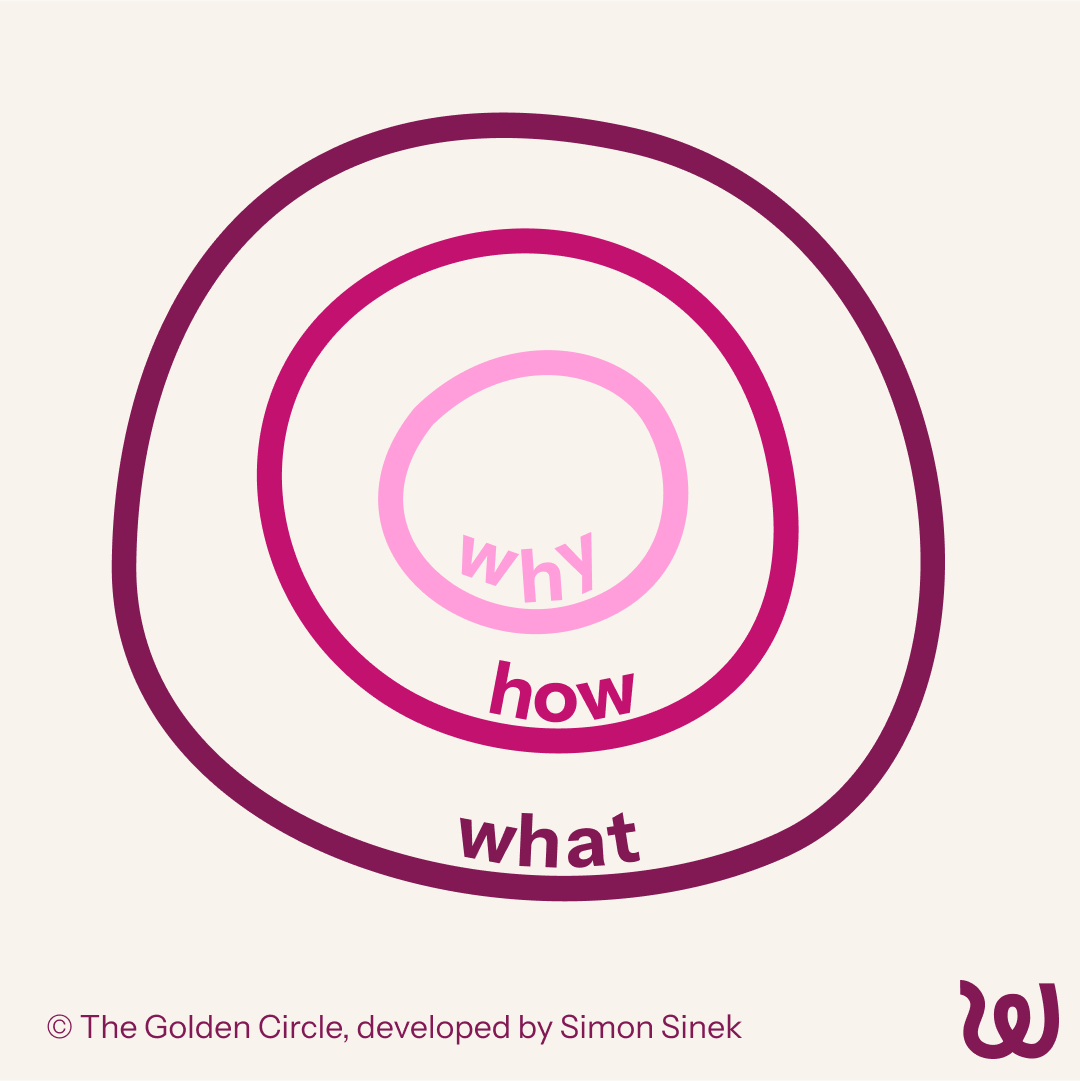
7 ways to use systemic change for long-lasting inclusive employee engagement
June, 2025
Employee engagement is more than just employee satisfaction or happiness, and most organizations don’t get it right. Traditional employee engagement strategies often fall short in times when only 21% of employees globally feel engaged.
Systemic change management is a resilient approach to help you truly foster long-lasting, inclusive employee engagement, beyond offering extra employee benefits.
What are systemic change management and inclusive engagement?
Gallup defines employee engagement as “the involvement and enthusiasm of employees in their work and workplace”.
Employee engagement is the emotional commitment employees have towards their organization, influencing their willingness to contribute to its goals. According to Forbes, employee engagement is not employee happiness, nor employee satisfaction, because:
A happy employee enjoying extra benefits such as free lunch, Friday night drinks, or a few extra holiday days will not necessarily work more productively for you.
A satisfied employee will not necessarily go the extra mile on their own and might leave the company as soon as a better offer shows up.
Inclusive employee engagement takes it one step further. By including the concept of inclusion in employee engagement, intersectionality and complex identities are taken into account when addressing engagement challenges. Inclusive employee engagement helps center your team members’ voices as an integral part of any engagement strategy.
Systemic change management is a holistic approach to organizational transformation that addresses root causes of complex issues by examining and navigating fundamental structures, relationships, and behaviors. It goes beyond fixing individual parts to optimize how the entire system functions.
Systemic change management helps with understanding organizational systems and tackling workplace challenges at their root, not just the symptoms.
How does inclusive employee engagement connect to systemic change management?
Systemic change management works on three levels: strategy, structure, and culture. These provide a solid framework for designing and implementing inclusive employee engagement interventions.
By reshaping structures, relationships, and behaviors, systemic change management can help create a lasting impact and ensure that inclusive employee engagement is the foundation of how organizations operate and thrive
Why focus on the why? Our approach to systemic change management
If you want to use systemic change management to create more engaging workplaces, focus on the why. Because the why is at the core of everything else.
The first question you should ask your team is: Why do you do what you do?
What brings you together? What are your dynamics, and how can you work together by focusing on what makes each of you uniquely you?
This is how you lay the foundations for systemic change management in your organization. By making sure each member of your team feels seen, heard, and understood, you gain your team’s buy-in for impactful change.
Plus, when you focus on the ‘why’ and you align your team around a strong purpose, the ‘what’ and the ‘how’ emerge almost naturally.
How can you use systemic change management for inclusive employee engagement?
Think in terms of inter-personality, not intra-personality.
Understanding how your team members communicate, connect, and relate to one another is fundamental for the success of any employee engagement intervention.
Tip: Go beyond organizing individual check-ins, which focus more on intra-personality. Bring your team together regularly to talk about their collective experiences at workDefine aspects in terms of functionality, not cause & effect.
Challenges and their root causes are often circumstantial, and linear thinking does not suit the complexity of the systems within your organization. Isolating one cause as the reason for an effect does not capture the bigger picture.
Tip: When encountering an engagement challenge in your organization, explore its roots throughout the entire system, rather than assigning one specific cause to it.Be future-oriented, not history-oriented.
To reach sustainable solutions, you need to look towards the future instead of relying on what has “always” worked well in the past.
Tip: When encountering an engagement challenge, ask yourself: How can I approach this in a future-proof way? How can I create a solution that will be long-lasting and resilient?Focus on solutions, not problems.
While it may seem obvious, thinking in terms of solutions instead of problems is still a skill that is difficult to master.
Tip: When encountering an engagement challenge, avoid focusing on what went wrong. Instead, ask yourself and your team: how can we make this better?Focus on resources, not deficiencies.
Similar to the solution orientation, focusing on the resources one has is another fundamental principle for applying systemic change to inclusive employee engagement.
Tip: Ask what resources are available to you and your team to reach employee engagement for all. Because focusing on what you lack will not make the development of a solution quicker.Re-contextualize challenges instead of singling them out.
When encountering an engagement challenge, many leaders have the tendency to approach it in a vacuum when, in fact, the challenge has roots in many other organizational and team aspects.
Tip: To foster employee engagement among all your team members, understand the context surrounding your current challenges rather than treating them as separate entities.Go beyond a single perspective, towards a multi-perspective.
Similar to the previous principle of re-contextualizing, it’s important to also take multiple perspectives when approaching any engagement intervention.
Tip: Understand as many sides of the ‘story’ as possible. Triangulating perspectives is very useful to understand the bigger picture.


